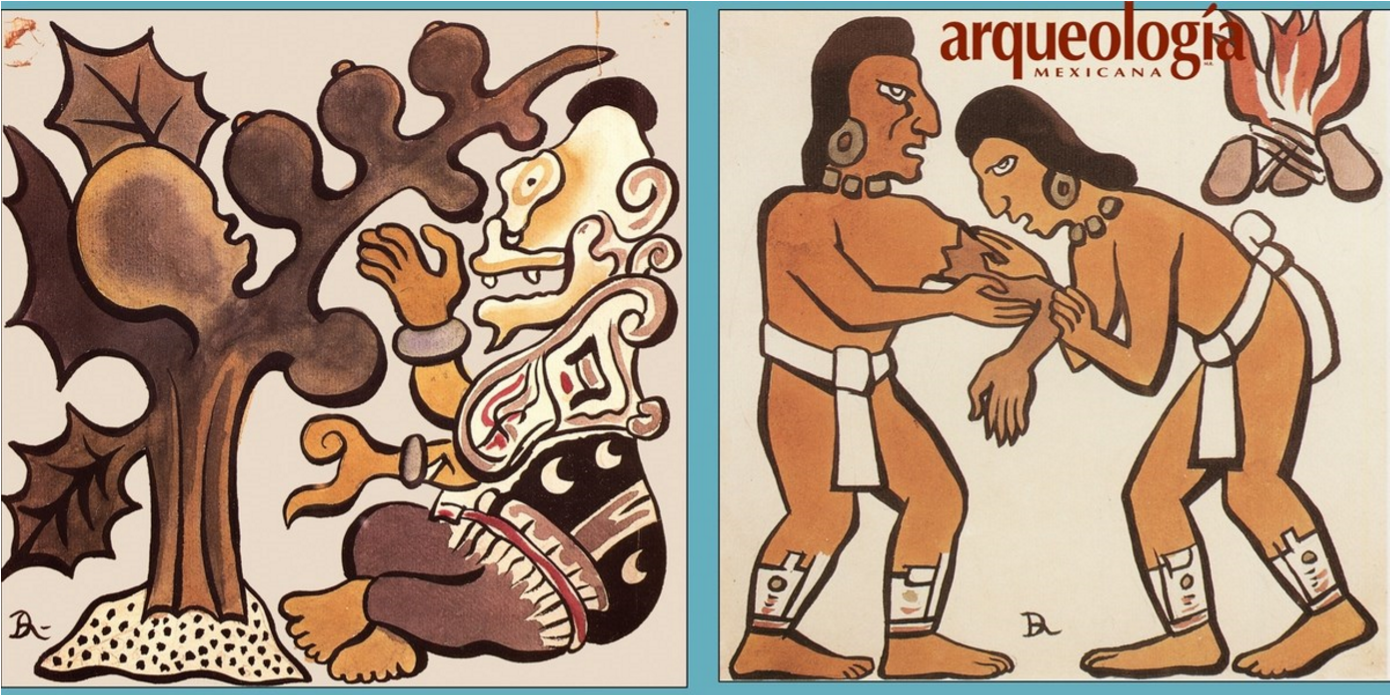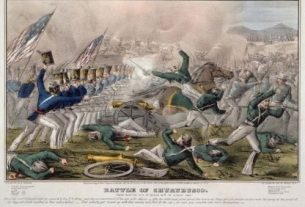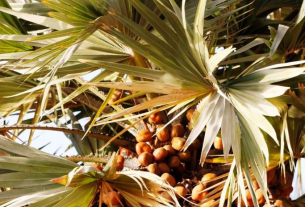By Kirby Vickery from the March 2019 Edition
I know that most of this is common knowledge for people that are fond the history of things, but I needed a starting point for this new series of articles which concerns itself with the history of Manzanillo.
The city of Manzanillo was named for all the Manzana trees which grew along the sweeping beaches of the area. Most were all cut down in the 1400’s by the Spanish to mill and make new ships for their new, and soon to be built, Pacific fleet.
The beachside communities of the greater city of Manzanillo currently sport the tourist initiative with PROMADIN which was the Master Program for the Comprehensive Development of Manzanillo. It was started during the turn of the century and it flourished for a few years primarily because of a previous money and building push from real estate development companies.
Most were from Guadalajara and other tourist related development cities from the east coast all the way from the 70s. Mostly, they wanted to build large hacienda estates for the rich and famous and swanky hotel resorts for the very well off tourists.
However, all that seemed to run its course as the building and land buying incurred a large reduction of effort and construction during the 80s and 90s.
Of late, the entire project has been taken over by FONATUR which is the National Tourist Foundation and is pushed by the University of Colima, the Integral Port of Administration of Manzanillo, and the Government of the State of Colima. Is it growing again? Manzanillo is, but that also can be due to the power plant conversion away from oil to gas and improved port facilities.
The back parking lot of La Comer, Comercial Mexicana is lined with almond trees. While walking Daisy (my Cairn terrier), I’ve seen several people drive up and beat a small crop out of them and then drive off again. I thought that if folks could grab walnuts for free, why not apples? I used to grow apples in New Hampshire and thought it would be too warm for them in Manzanillo. I know that the Spanish cut down groves of these ‘Manzana’ trees to make ships. Ewa tells me that there are still some around.
I started to run into problems researching these things because Ewa told me these apples are very poisonous. An Apple poisonous? Nah! Here’s what I found: Not only did the Spanish cut them down for boat building; they also planted groves and groves of them, enough to justify the number of trees they harvested and also to name the area after them: Manzanillo.
One source said that was the initial reason the Spanish conquistadores stopped here in the first place. In 1522, Cortez sent Gonzalo de Sandoval into what is now the port of Manzanillo’s Bay of Salagua where he dropped anchor primarily to find a wood crop, and a place to grow it, for west coast ship building.
What I also found out was they are really poisonous, along with all the other parts of the tree, to the point you don’t  want to stand under one during a rain storm. One internet site starts off with: “DO NOT EAT, TOUCH, OR EVEN INHALE THE AIR AROUND THE MANCHINEEL TREE.” Another site has pictures with signs in Spanish and English warning people of this plant. There is another picture of a beautiful young lady standing in one (?).
want to stand under one during a rain storm. One internet site starts off with: “DO NOT EAT, TOUCH, OR EVEN INHALE THE AIR AROUND THE MANCHINEEL TREE.” Another site has pictures with signs in Spanish and English warning people of this plant. There is another picture of a beautiful young lady standing in one (?).
Although the fruit looks like ‘little apples’ on the outside, the inside doesn’t look anything like any of the thousand varieties of apples sold around the world. Even the transition of the name from the tree to the city is a little convoluted.
For example: the main article I took for this read used ‘Manzana’ for the tree. This translates into modern Spanish as ‘Apple.’ ‘Manzanilla’, which is used frequently in the text, translates as ‘Manzanilla’ (same word). It means, depending on which reference material you use, ‘Little Apple,’ or a fine Spanish wine, or a town in Trinidad or Spain.
‘Machineel’ (another name for small apple) refers to that poisonous plant that you want to stay away from. The only thing that bothers me about the Spanish using this tree for boat building is which went away first; the Spanish and their need for boat building or the indigenous people they used to fell and cut their harvest?
The area of and around Manzanillo was initially settled by one or more tribes of indigenous peoples whom can be termed as unsophisticated hunter gatherers. The location of the mountains north and eastward of the Bay of Manzanillo discouraged their full assumption through time into a larger group or nation of Mesoamerican population.
Several sources indicate our little corner of Mexico was initially settled by factions of one or more tribes. They were: The Otomi, The Nahuatl, The Tolteca or Toltec, The Chichimeca or Chichimec, and The Tarasca or Tarasco. Some are recorded as not coming this far South.
Some are considered a small part of others while still others were here at the right time but…they will all be explored next month.
The full edition or view it online
—
Kirby was born in a little burg just south of El Paso, Texas called Fabens. As he understand it, they we were passing through. His history reads like a road atlas. By the time he started school, he had lived in five places in two states. By the time he started high school, that list went to five states, four countries on three continents. Then he joined the Air Force after high school and one year of college and spent 23 years stationed in eleven or twelve places and traveled all over the place doing administrative, security, and electronic things. His final stay was being in charge of Air Force Recruiting in San Diego, Imperial, and Yuma counties. Upon retirement he went back to New England as a Quality Assurance Manager in electronics manufacturing before he was moved to Production Manager for the company’s Mexico operations. He moved to the Phoenix area and finally got his education and ended up teaching. He parted with the university and moved to Whidbey Island, Washington where he was introduced to Manzanillo, Mexico. It was there that he started to publish his monthly article for the Manzanillo Sun. He currently reside in Coupeville, WA, Edmonton, AB, and Manzanillo, Colima, Mexico, depending on whose having what medical problems and the time of year. His time is spent dieting, writing his second book, various articles and short stories, and sightseeing Canada, although that seems to be limited in the winter up there.




